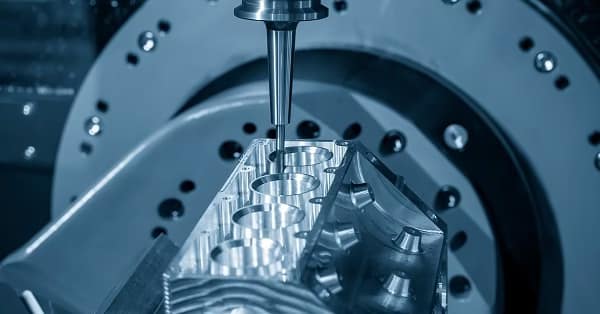The automotive industry thrives on precision and efficiency, and at the heart of every high-performance vehicle is automotive machining. From the engine block to transmission components, this specialized field ensures that cars, trucks, and electric vehicles (EVs) perform optimally with reliability and durability.
O que é Automotive Machining?
Automotive machining is the process of manufacturing, refining, and assembling vehicle components using advanced machining techniques. This includes everything from CNC machining engine parts to precision grinding gears and pistons. Modern vehicles require parts with near-perfect accuracy to ensure smooth operation, fuel efficiency, and safety.
The Role of Automotive Machining in Vehicle Performance
- Engine Components: Precision-machined cylinder heads, camshafts, and crankshafts ensure maximum power and efficiency.
- Transmission Systems: High-accuracy machining guarantees smooth gear shifts and long-lasting durability.
- Brake Systems: Advanced machining techniques are crucial for producing high-performance brake rotors and calipers.
- Suspension and Steering: Precision in automotive machining helps create smooth and responsive handling for a safer driving experience.
Challenges in Automotive Machining
- Material Advancements: With the rise of electric vehicles, manufacturers are shifting from traditional steel to lightweight aluminum and composite materials, requiring new machining techniques.
- High Production Demands: The automotive industry requires large-scale production with minimal downtime, demanding highly efficient and automated machining processes.
- Strict Quality Standards: Precision and reliability are non-negotiable in automotive machining due to safety regulations and performance expectations.
Innovations in Automotive Machining
- CNC Automation: AI-driven CNC machining improves efficiency and consistency in mass production.
- Laser Cutting & Water Jet Machining: These non-contact methods allow for intricate and precise cutting of automotive components.
- Electric Vehicle (EV) Adaptations: New machining techniques are being developed to handle the unique demands of EV components, such as battery casings and electric motor housings.

The Future of Automotive Machining
The shift towards electric and autonomous vehicles is reshaping automotive machining. Lightweight materials, smart manufacturing, and robotics are paving the way for more efficient, cost-effective production. As sustainability and performance remain key drivers in the industry, automotive machining will continue to evolve, pushing the boundaries of innovation and excellence in vehicle manufacturing.